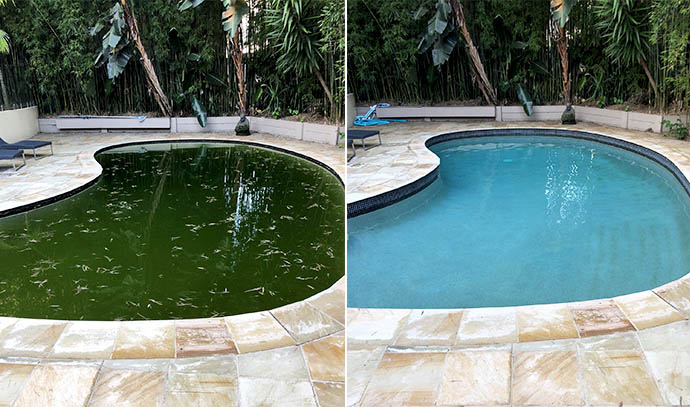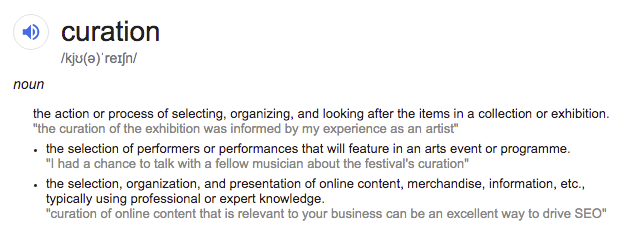Why you should treat your marketplace like a swimming pool you actually want to use
Marketplaces are relatively easy to start but super difficult to make profitable.
Similarly, swimming pools are simple in concept (a hole in the ground you fill with water) but require lots of care to get just right.
Think of your marketplace like a swimming pool
The health of a swimming pool can be quantified with test kits that measure:
- pH
- Chlorine
- Alkalinity
- Calcium hardness
To keep your swimming pool pleasant you need to take care of it, measure the pH balance, treat it with chlorine, and remove the leaves and bugs that fall into it.
Pool cleaners that look like this guy usually are responsible for this.
They might come a few times per month, take the measurements, and apply the treatments accordingly.
Because nobody wants to swim in a nasty green swimming pool…
Similarly, a two-sided marketplace has health metrics that can be quantified using tools like Mixpanel or Amplitude and should be measured regularly.
For example, let’s look at what we track at GrowthMentor:
- Calls booked per month per user
- Calls booked per category (e.g. SEO, PPC, Marketing Automation, etc.)
- Monthly active users by cohort (e.g. Founders, Marketers, Product Managers, etc.)
- Transaction metrics by cohort
- % of users that are repeat call bookers by cohort
… and nobody wants to use your marketplace if it’s filled with junk inventory.
Curation is the how you clean your marketplace
You want to stand a chance against the larger marketplaces that have a lot more money than you, right?
Then you’ll need to focus on an underserved niche’ — and the best way to do that is by curating the supply side. When you control the supply side, you can keep your metaphorical swimming pool crystal clear. It’s better to have a tiny swimming pool that’s blue than a large green pool that nobody wants to dip their toes into!
Curating your supply gives you a competitive edge which costs you nothing but time and effort. And if you’re a subject matter expert, it’s a competitive edge that has a very high barrier to entry.
For example, since I have +10 years of experience working in growth marketing, I’m in an ideal position to curate a marketplace of growth marketing experts. The positioning, therefore, becomes defensible.
And with curated supply, it’s much easier to get that initial traction.
Start small, and then evaluate how your initial loyal tribe of users engages with your marketplace. Then iterate in realtime based on that data to make intelligent decisions on how to continue building up your supply side. This ensures a healthy balance between the supply and the demand sides of the marketplace.
Over to you
Want advice on how to clean your marketplace?
I’m a huge fan of curated marketplaces and I know firsthand how successful they can be if nurtured properly.
If you’ve got a marketplace and want a second opinion on how to tackle the chicken vs. egg dilemma, tackle quality control issues, or anything else related to marketplace dynamic, I’d be happy to jump on a call with you.
Book a free call with me on my GrowthMentor profile here.







